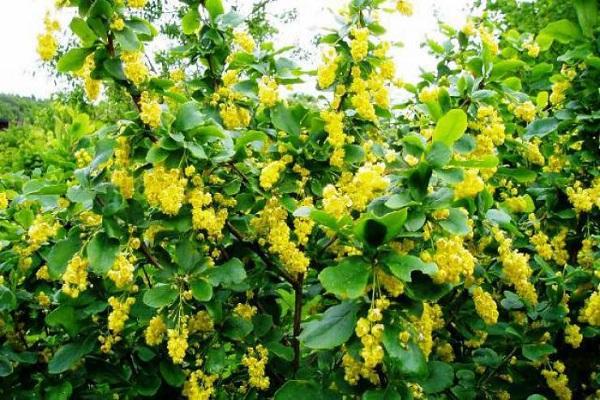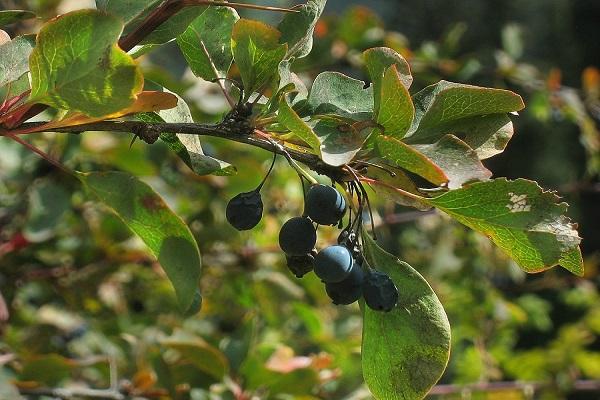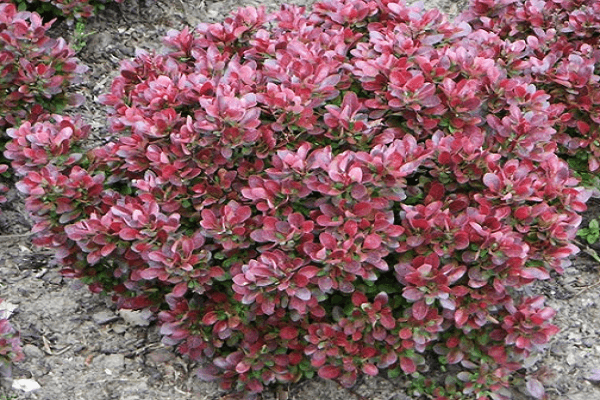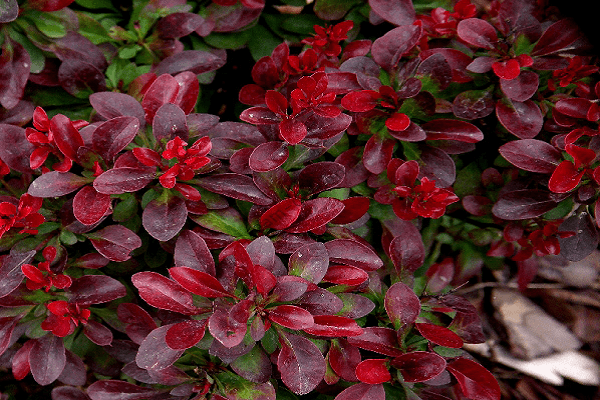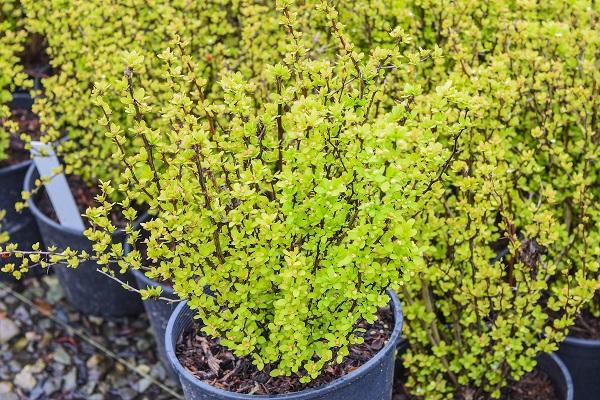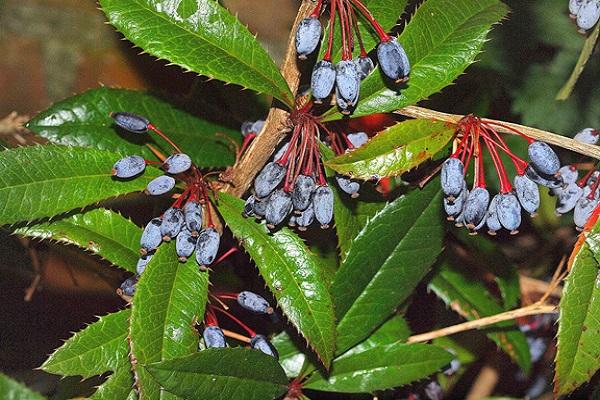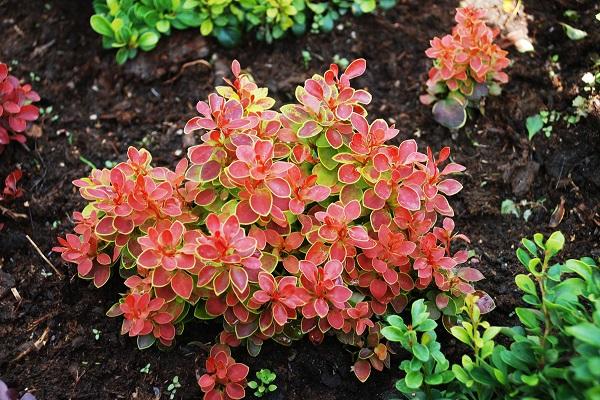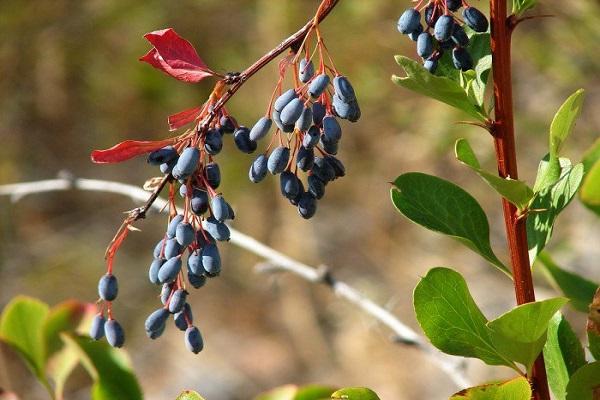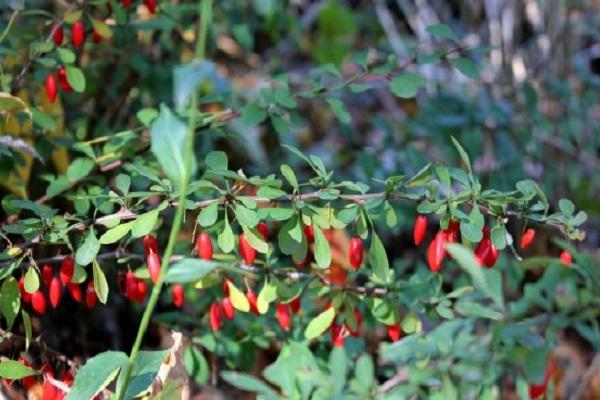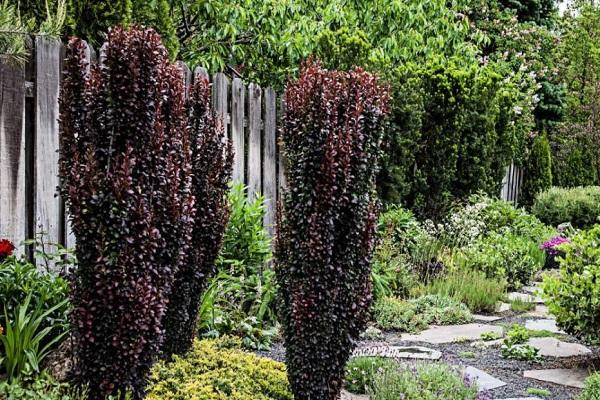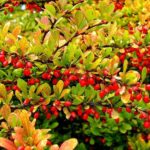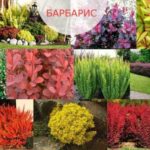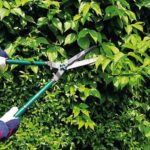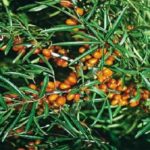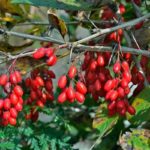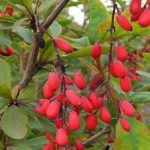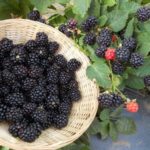Growing fruit trees and berry bushes is a tradition of many owners of summer cottages. Increasingly, oddities are also found in gardens, the care of which brings pleasure to those who like to tinker with plants. Often barberry bushes grow near houses; there are many varieties intended for cultivation in difficult climatic conditions, and every year breeders introduce more and more new species.
- Most popular types
- Thunberg
- Tibetan
- Canadian
- Korean
- Varieties with edible fruits
- spherical
- Ordinary
- Dwarf
- Atropurpurea Nana
- Kobold
- Bagatelle
- On a columnar rootstock
- Golden Torch
- Golden Pillar
- Erecta
- Orange Rocket
- Evergreen varieties for the landscape
- Freecard
- Gagnépena
- Darwin
- Barberry Juliana
- Variegated varieties
- Special Gold
- Admiration
- Barberry varieties for hedges
- Golden Rocket
- Erecta
- Superba
- Auricoma
- Ottawa
- Varieties with black fruits
- Thornless varieties
- How to choose a variety for different regions of Russia
- The best varieties of barberry for the Moscow region
- Alba variegata
- Atropurpurea
- Superba
- The best varieties of barberry for Siberia and the Urals
- Siberian
- Amursky
Most popular types
There are dozens of types of barberry that you should grow yourself. Before purchasing the treasured seedling, it is recommended to carefully study the description of the varieties, understand the characteristics, and learn about the pros and cons of the species you like.
Thunberg
It is considered one of the most popular varieties of barberry. During the summer, the leaves are a dark purple hue, becoming bright red in the fall. With proper care, the shrub can reach one and a half meters in height. Tolerates frosts, withstands up to 35 degrees below zero.
Tibetan
It is hardy and easily tolerates low and high temperatures, so it is recommended for growing in cold and hot regions. It is not attacked by pests and does not get sick. The berries are pleasant to the taste and do not have the pronounced sour taste inherent in most varieties of barberry.
The fruits of Tibetan barberry are used in alternative medicine; the combination of beneficial substances easily copes with even serious diseases.
Canadian
Most often they are used only for decoration, although the variety is distinguished by fruiting and produces a harvest of berries every year. The shrub is tall (up to 2.5 m) and has a lush crown. The shoots have long thorns (up to one and a half centimeters). Barberry is undemanding to soil and easily takes root on sandstone or rocky soils.
Korean
The variety differs from its counterparts in the bizarre shape of its spines, which are collected in bunches of 4-7 pieces. The plant is tall - from 2 m. It begins to bear fruit only at the age of five, although fragrant yellow flowers appear earlier. The berries ripen in September, leaf fall begins in early November.
Varieties with edible fruits
Before purchasing a barberry seedling, it is recommended to decide for what purpose the shrub will be grown. If the plant is to be grown for its fruit, it is better to find out in advance whether the berries are used for food.
spherical
In the vast expanses of Russia, it is difficult to find a spherical variety of barberry; the shrub is whimsical and does not take root well in unstable or cool climatic conditions. It is recommended to take care of shelter for the winter, otherwise the plant will die at the first frost.
The fruit bush will delight you with delicious berries; ripening dates occur in mid-September. Often fruiting lasts until November.
Ordinary
It is most often found in the Caucasus, although even in the harsh Siberian conditions it will withstand severe frosts. Main characteristics of the species:
- immunity to diseases;
- compactness (bushes rarely exceed 2.5 m);
- possibility of formation;
- large fruits that taste good;
- productivity;
- ease of care.
The main growing conditions are plenty of light and moderately moist soil. It is better not to plant bushes in the shade; this will certainly affect the size and taste of the fruit.
Dwarf
It is also a variety of barberry - dwarf. The low bushes generously produce delicious fruits, which are used to make preserves, desserts, and refreshing drinks. Plants are often grown for decoration; dwarf barberry fits perfectly into compositions of flowering plants.
Atropurpurea Nana
The low-growing bush is distinguished by a spherical crown and bright purple leaves, which change color during the season and become almost fiery by autumn. Flowering begins in May and lasts more than a month. The flowers are small, bright yellow. The fruits are red and ripen by September.
Kobold
An adult bush, even with proper care, rarely reaches half a meter. A distinctive feature of the variety is that by autumn the leaves acquire a golden hue. Pink or bright red berries are harvested in September. The bush feels great in frost and heat, bears fruit even in the shade.
Bagatelle
One of the most attractive dwarf barberries. The height of an adult plant is 35-40 cm. The leaves are small, up to 1 cm, purple in color. The berries are edible and ripen in early autumn. It is better not to grow the plant in regions with unstable or too cold climatic conditions. Does not tolerate partial shade - be sure to plant in sunny areas.
On a columnar rootstock
Barberry on columnar rootstocks is very popular. Golden columns will decorate a flower bed or garden; they are often used to create hedges.
Golden Torch
It has fairly light yellow foliage. Height - up to one and a half meters. Be sure to take care of a sunny area; in the shade the plant loses its decorative effect. The variety is frost-resistant and can easily withstand temperatures down to 35 degrees.
Golden Pillar
Another beautiful columnar variety that will decorate the site. The height of an adult plant is only one and a half meters, the diameter of the crown is up to half a meter. Withstands low and high temperatures, does not require special care, and will do without regular watering.
Erecta
Tall lush bush with golden foliage. The variety does not differ in height - only 1.5 m. Diameter is about a meter.The bush is undemanding to care and will do without shelter in winter.
Orange Rocket
Bushes with bright orange leaves fit perfectly into any landscape. The plants are short, rarely exceeding one meter. The fruits are edible and begin to ripen in early autumn.
Evergreen varieties for the landscape
There are many varieties of barberry that do not shed leaves even for the winter. Typically, such varieties are used for hedges, landscaping areas, decorating gardens, and home gardens.
Freecard
Blooms in May. The leaves are light, emerald green. The fruits ripen in August and are not used for consumption. It is better to grow in warm regions; bushes can die at 20 degrees below zero.
Gagnépena
It is characterized by extremely slow growth, reaching only two meters in ten years. It has long (up to 2 cm) spines. The flowers are yellow, the fruits are black, they are not used for food.
Darwin
Grown only in warm regions. The shrub is low - about 2 m. The flowers are orange, the berries are black, not eaten. A distinctive feature of the variety is its long thorns.
Barberry Juliana
The leaves are green, with a bronze tint in young bushes. In warm regions it blooms in May, in cool regions in early summer. Flowers are collected in lush clusters. Resistant to unstable temperatures.
Variegated varieties
Of particular value to gardeners are variegated varieties that skillfully combine with any plant.
Special Gold
A dwarf plant that grows only up to 25 cm. The leaves are small, yellowish with a darker border. In spring it is covered with abundant golden blossoms. Tolerates cold and heat. Often used for landscaping city streets and parks.
Admiration
The plant grows only up to half a meter. The leaves are red and have a yellow edge. It bears fruit, but the berries are not suitable for food.It is advisable to use shelter for the winter.
Barberry varieties for hedges
A special decoration of the site is a hedge of low-growing barberry, which serves as a fence and a landscape element. There won’t be any particular difficulties with growing shrubs; the main thing is to carry out regular pruning, not allowing the plants to grow too much.
Golden Rocket
Barberry with golden leaves that do not lose their attractiveness throughout the season. The height of the bush is up to 1.7 m. The diameter of an adult plant is 1.4 cm.
Erecta
Quite a tall variety of barberry. With proper care, the bushes grow greatly in width and require regular pruning. The fruits have an unpleasant taste.
Superba
Grows up to three meters. The leaves are purple, the fruits are red, and are eaten. The variety is undemanding to the environment and will do without maintenance and regular watering.
Auricoma
Deciduous small shrub. The crown grows upward and begins to expand to the sides with age. The red leaves have a bronze tint and turn orange in autumn.
Ottawa
A variety that does not lose its chic red hue even in the shade or with excess moisture. It grows quickly, giving up to 50 cm of growth per year. Used for landscaping.
Varieties with black fruits
Typically, chokeberry varieties are used for landscaping, although the berries are quite edible. The best varieties:
- Ganiepena;
- Klugowski;
- Juliana.
In care, chokeberry varieties are no different from ordinary barberry.
Thornless varieties
Some varieties of barberry do not have thorns, so it is recommended to safely grow them even near children's playgrounds. Popular thornless varieties:
- Mentor;
- Aurea;
- Helmond Pillar.
These types of barberry are not capricious, easy to care for, and tolerate unstable climatic conditions well.
How to choose a variety for different regions of Russia
It is recommended to select species in accordance with climatic conditions. You should not engage in experiments - heat-loving varieties are unlikely to survive the harsh Siberian winter.
The best varieties of barberry for the Moscow region
Growing barberry in the Moscow region is not too difficult; most varieties will tolerate temperature instability well. The main thing is to follow the rules of agricultural technology and use winter shelter.
Alba variegata
One of the varieties of common barberry. A distinctive feature of the variety is white spots of irregular shape on the leaves. The bush is not tall - only 1.3-1.4 m. The main requirements are a lot of sun, moderate soil moisture.
Atropurpurea
Grows up to a meter, purple leaves have a violet tint. The yellow flowers are followed by long red berries. Tolerates partial shade without losing its decorative effect.
Superba
Tall (3 m) shrub with purple leaves. The flower petals are red and have a yellow border. The fruits are quite tasty and are used in cooking.
The best varieties of barberry for Siberia and the Urals
For growing in harsh conditions, it is better to purchase frost-resistant varieties of barberry.
Siberian
A low shrub with dense long thorns. The leaves also have spiny teeth. It begins to bloom in late spring, the fruits appear by early autumn. Easily tolerates frosty winters.
Amursky
Often found in natural conditions. Recommended for use in growing hedges. Easily tolerates haircuts. The fruits are sour and are used for making drinks and canning.
Barberry is a plant that will highlight the individuality of a flower bed, garden, or decorate a house or yard outbuildings. For a minimum of work, the shrub will certainly reward you with rapid growth and abundant fruiting.

